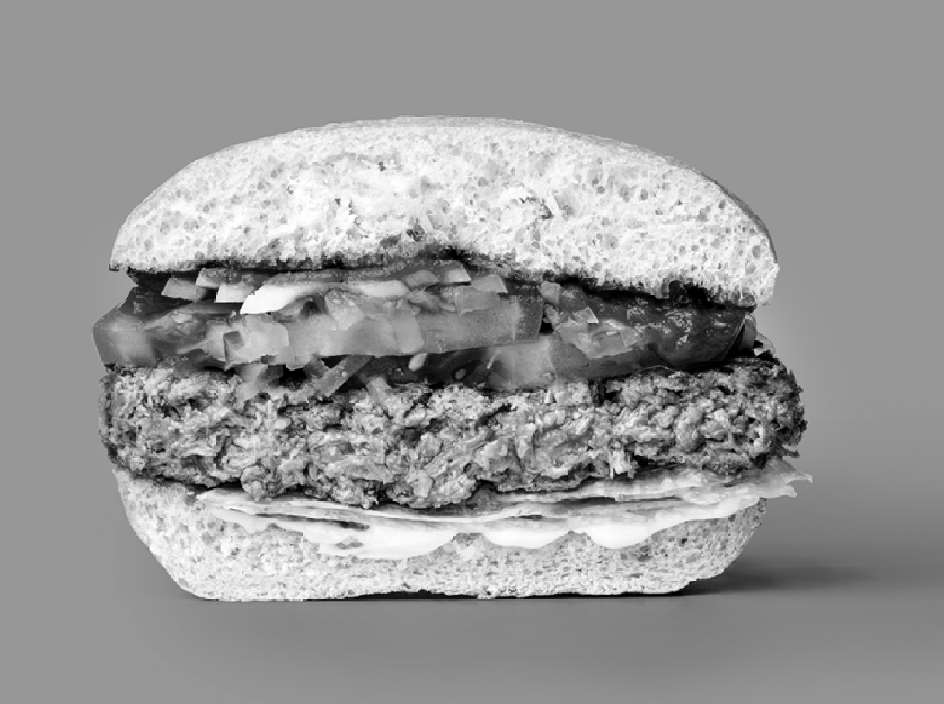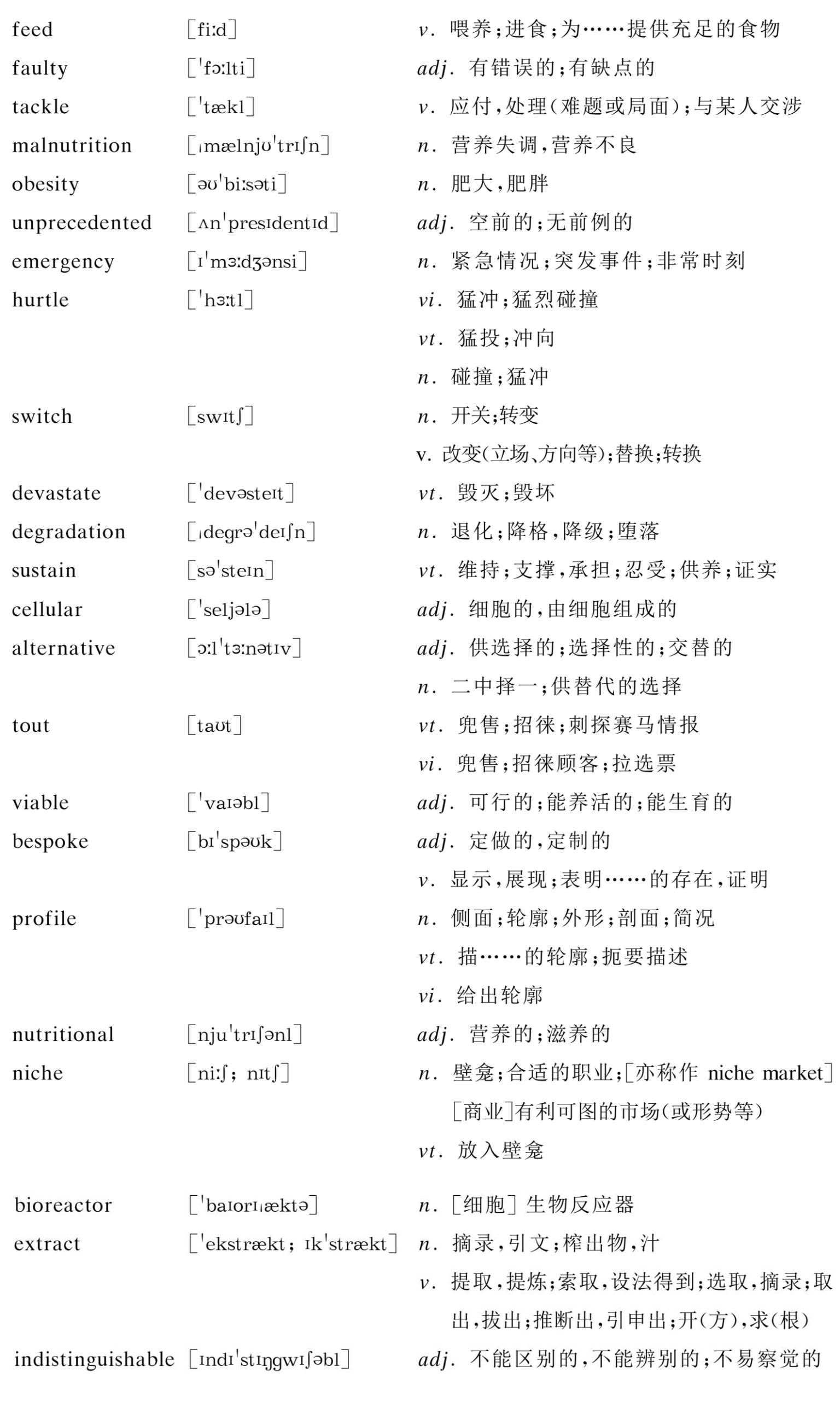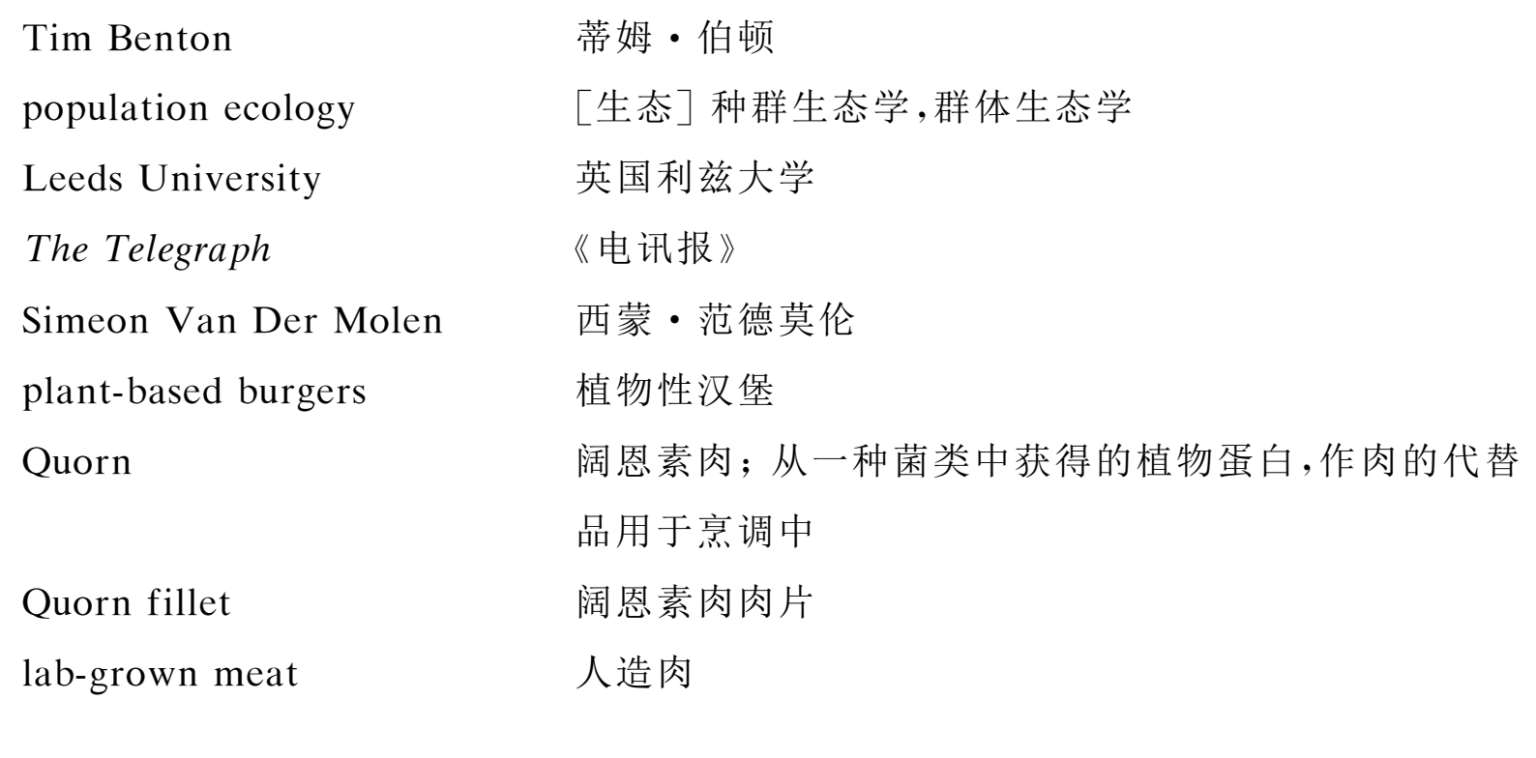







修复全球“有缺陷的食品体系”正日益被视为应对气候变化、解决营养不良和肥胖高发问题的关键途径之一。本文源自2017年《电报》(The Telegraph)的一篇评论,作者乔西·威尔逊(Josh Wilson)指出我们需要对整个农业体系进行系统性改革,才能实现可持续和有营养的粮食安全。
Fixing the world’s“faulty food system”is increasingly being recognised as one of the key ways to fight climate change as well as tackle high rates of both malnutrition and obesity.Each year 821 million people suffer from hunger—a figure that is rising despite an increase in global food production.And at the same time,around two billion people are eating too much of the wrong type of food.The world is also facing an unprecedented climate emergency,with temperatures hurtling towards a dangerous tipping point.
Last week,a United Nations report concluded that eating less meat could help tackle the dual crisis of climate change and hunger.Switching to plant-based diets,the UN said,could both free up land and reduce carbon dioxide emissions.
With the global population set to hit almost 10 billion by 2050,the pressure to find new approaches to feed the world is not going to disappear.Almost half the current global crop production goes to feeding livestock,however on average just 15 per cent of these calories are then passed on to humans when we consume meat.Climate change also poses a major threat to food security as increasingly common extreme weather events devastate crop land.Simultaneously,agriculture is one of the biggest contributors to greenhouse gas emissions.
“At one level we don’t need to grow any more,we should stop feeding our food to bloody livestock and then we’ve got all the calories we need,”Tim Benton,professor of population ecology at Leeds University,told The Telegraph.“Food production,and especially livestock production,is a major driver of climate change,biodiversity loss,water and air quality degradation and soil degradation.We have to start actually recognising that we can’t carry on as we are,”Prof Benton added.
But is the solution to such complicated challenges really as simple as changing how we eat?
“In 20 years time we will have 10 billion people on the planet and we simply can’t sustain those numbers without changes in diet,”says Simeon Van Der Molen,founder of Moving Mountains,a British manufacturer of plant-based burgers.“Cellular agriculture is the future.”
Plant-based meat alternatives such as the“Impossible Burger”have been touted as a viable and much more sustainable alternative to conventional meat.Some of these products have already started to get a run out on Britain’s high streets.Greggs achieved notable success with its vegan sausage roll and KFC recently announced it is to begin trialling a vegan Imposter Burger,featuring a bespoke Quorn fillet.Newer plant-based products such as the“Impossible Burger”are now able to get much closer to the sensory profile and texture of meat,making it more appealing to many consumers.They have a similar nutritional profile to meat but require significantly less water and energy to produce.
Insects have also been touted as a potential alternative to meat.They have the advantage of being high in protein and also have a much higher conversion rate of energy input to received calories.However,insect-based meat replacements remain a very niche consumer product and public acceptance in the West remains a long way off.
But there is another major emerging food technology which has expanded rapidly in recent years and has drawn lots of interest and corporate investment,that of lab grown meat.This“meat”is grown in special bioreactors from cells extracted harmlessly from livestock.The result is a product that is almost indistinguishable from conventionally produced meat.Leaders in the cultured meat industry are confident that their product has the edge over other meat alternatives because it has the same taste and texture profile as the real thing.
“We’re pretty optimistic that as long as it really has the same taste,texture and smell,we think that most consumers will favour the product that doesn’t have all the guilt surrounding it in terms of animal welfare and environmental damage,”said Sarah Lucas,head of operations at Mosa Meat,the company responsible for the first lab-grown hamburger.Lab-grown meat is still a few years from consumer availability and the technology still has some way to go—that first lab-grown hamburger cost 250,000 to produce—but management consultant AT Kearney predicts that it will make up over a third of global meat supply by 2040.
However Prof Benton has warned that systemic changes to the whole agricultural system will be needed to achieve sustainable and nutritious food security.He says that tackling poverty will be key in this battle:“If people are too poor to buy a healthy diet,why does everybody leap to the conclusion that it’s the food price that’s the problem and not the poverty?For me,the challenge of feeding 10 billion people is not how do we double agricultural production of the wrong things.It is how to do this systemic transformation so people can eat healthily in a way that doesn’t create a lot of waste and doesn’t create a lot of unsustainability.”
(858 words)
Words

Phrases and Expressions

Proper Names

Exercises
Ⅰ.According to Text A,answer the questions by choosing A,B,C or D.
1.According to the author,which is one of the key ways to fight climate change as well as tackle high rates of both malnutrition and obesity?
A.Reducing the consumption of energy.
B.Fixing the world’s“faulty food system”.
C.Taking public transportation.
D.Exercising.
2.What is the conclusion of the United Nations report last week?
A.Eating less meat could help tackle the dual crisis of climate change and hunger.
B.Switching to plant-based diets could not both free up land.
C.Turning to plant-based diets could not reduce carbon dioxide emissions.
D.Reducing the consumption of energy could fight climate change.
3.Why is climate change posing a major threat to food security?
A.The common extreme weather events damage crop land.
B.Agriculture is not one of the biggest contributors to greenhouse gas emissions.
C.Climate change is bad for food security.
D.Climate change has nothing to do with food security.
4.What is lab-grown meat?
A.This“meat”is grown in special bioreactors from cells extracted harmlessly from livestock.
B.That is distinguishable from conventionally produced meat.
C.It has the different taste and texture profile as the real meat.
D.They have the advantage of being high in protein and also have a much higher conversion rate of energy input to received calories.
5.According to Prof Benton,what will be key in this battle?
A.Eating conventionally produced meat.
B.Eating lab-grown meat.
C.Dealing with poverty.
D.Food security.
Ⅱ.Fill in the blanks with the words or expressions given below.Change form where necessary.Each word can be used only once.

1.Infections are more likely in those suffering from____.
2.The first reason to____these problems is to save children’s lives.
3.The money will be used to repair____equipment.
4.The mission has been hailed as an____success.
5.A pretty young girl came____down the stairs.
6.Many toxic effects can be studied at the____level.
7.There are air pollution,traffic congestion,and the steady___of our quality of life.
8.Cash alone will not make Eastern Europe’s banks_______.
9.His handsome____was turned away from us.
10.It does sometimes help to know the____content of foods.
Ⅲ.Translate the following sentences into Chinese.
1.Driver drowsiness poses a major threat to roadway safety.
________________________________
2.The tsunami devastated parts of Indonesia and other countries in the region.
________________________________
3.With that information,they may be able to help people avoid obesity—and all of its health problems—in the first place.
________________________________
4.Some even dream of using natural gas to make hydrogen which would power fuel-cell cars,though advocates admit that these are still a long way off.
________________________________
5.New ways to treat arthritis may provide an alternative to painkillers.
________________________________
Ⅳ.Translate the following sentences into English.
1.他从青年时代到晚年一直保持着强烈的社会良知。
________________________________
2.奶牛的喂食已经历了一场革命。
________________________________
3.新政策是开放市场和扩大竞争。
________________________________
4.法律会鼓励各公司从用煤转向使用更清洁的燃料。
________________________________
5.这架飞机载着给难民的应急物资。
________________________________